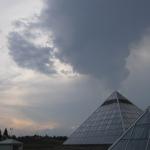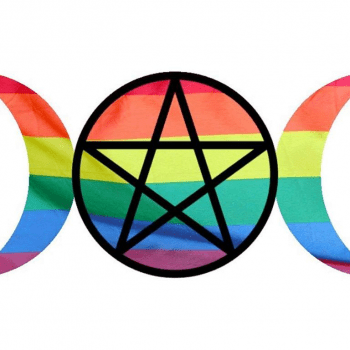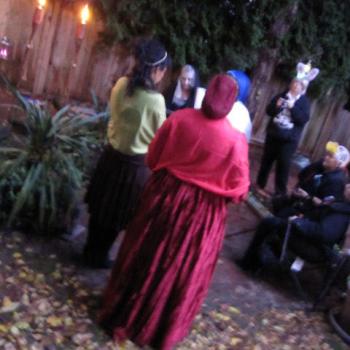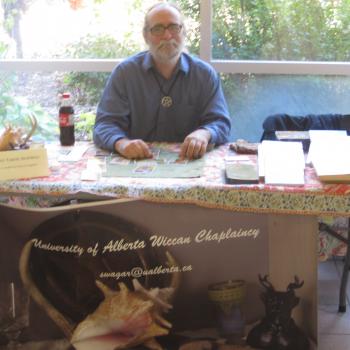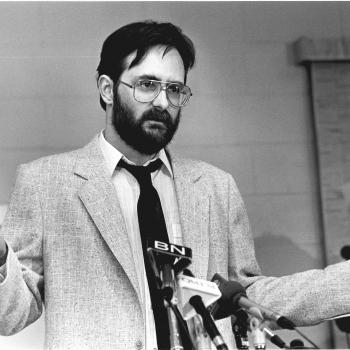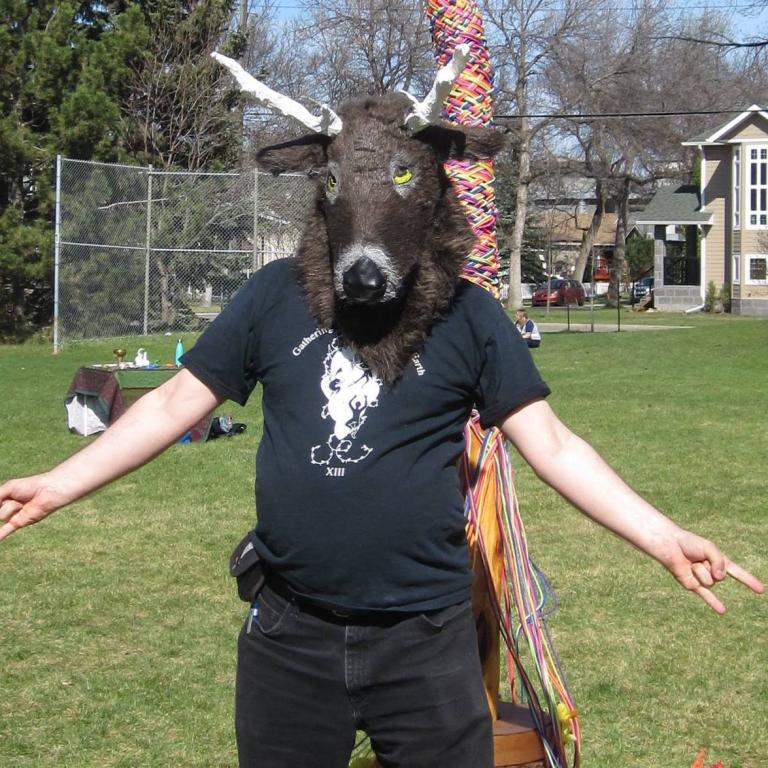
It seems absurd to believe that all of the Gods have existed for eternity. The Gods of agriculture, for example, rather than sitting around during the time of the dinosaurs waiting for human beings to come along and start planting things, playing Canasta to while away the millennia, came into existence at the same time as agriculture did, grew out of the spirit and developed jointly along with agriculture as it developed. These Gods, to continue this example, both prodded and shaped the development of agriculture and were shaped and prodded by it in turn, with human and divine efforts working in tandem.
Deities and guardian spirits are created or come into being whenever any group of people work together consistently on some project or another or are just involved with and identify with one another. It is as though a side effect or energy in the spirit is secreted by human beings into their surroundings or activities which make them numinous. This is very similar to the common experience of a group mind, when a wonderful co-ordination of effort and thought strikes a group of people and they all are suddenly doing the same thing, toward a common goal, but at a very high level of feeling and effectiveness.
This creative process, if carried out unconsciously (as it usually is), is erratic, short-lived, and weak in effect, with the people involved in the process having widely differing views of what they are doing and why and donating very small amounts of energy each to the process. A guardian spirit may be slow to emerge and very weakly defined or experienced. Those few who are conscious and who do forcefully concentrate and shape the flow of energy and emotion can have an effect out of proportion to their numbers for this reason – think of “mob mentality” when a sudden shift in mood and enthusiasm strikes a crowd of people and they suddenly become focused, angry and destructive, as the strongest and most focused personalities shape the movement of energy and the form of its expression.
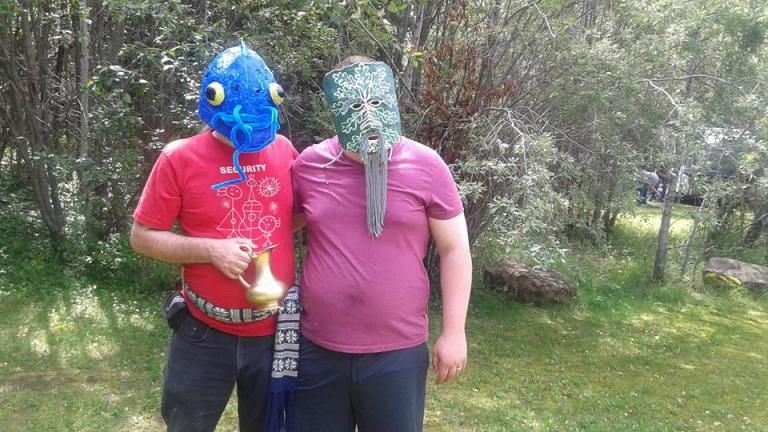
Mobs are short-lived, and the group minds/egregores created by them usually quickly disperse, luckily. Groups that consciously choose to create on the spiritual level together and that exercise their creative emotional and spiritual force toward the ends of shaping and worshipping deity can have a stronger and more clear effect as a result, a Guardian that expresses and enhances their spiritual power, hopes, and personal capacity for wonder over a lifetime or longer.
A fascinating experiment that was carried out by the Toronto Psychic Society in the 1970s on the conscious creation of a ghost of a man who never lived, documented in Iris Owen’s Conjuring Up Philip, resulted in psychic phenomena of all of the classic types. Isaac Bonewits uses Owen’s book as partial evidence for his theory of magic in chapter six of his Real Magic, which is where I first heard about it. Briefly, a group of people came together every week with the intention of communicating with a ghost that they knew they had invented, and he came. They fleshed out their fictional portrait with details of appearance and biography, time and historical context and made it as real as they could, while remaining aware that it was fiction. In the early 1980s, when I was living in Toronto, I met one of the people who’d been involved in the original Philip group and he told me that the group would still get together occasionally and whenever they did, Philip would show up.
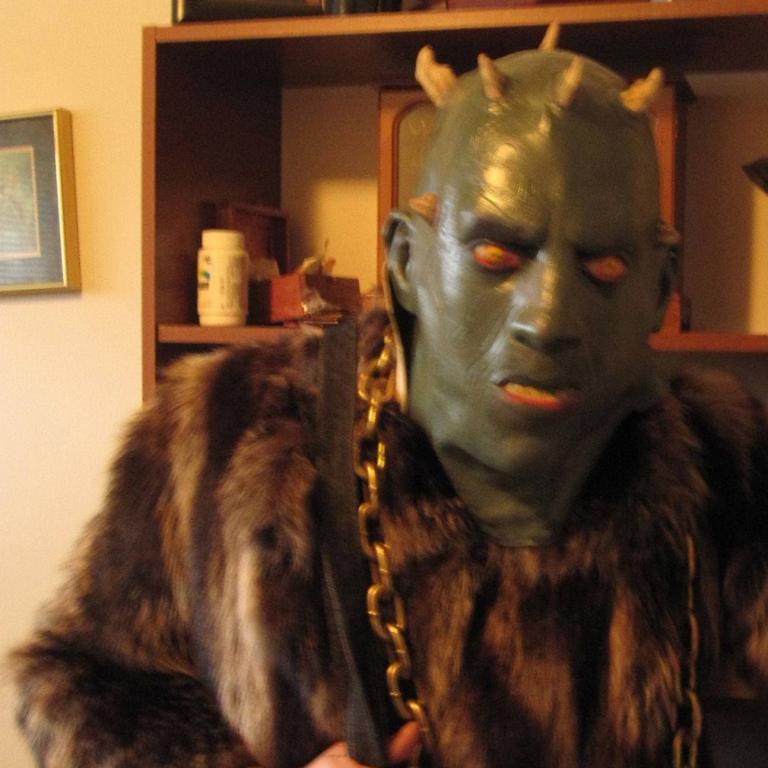
The egregore begins as a reservoir of power, a creative project, and an amplifier of prayer at the early stage when it is consciously or spontaneously created, fed and reinforced. Well-organized covens and lodges create this entity from the group mind that emerges in their activities and by naming it and investing it with personal characteristics (a face, clothing, mannerisms, favourite foods, songs and dances and so on), feeding and worshipping it, it transforms from a tool of the group to a partner with the group members and an actor in its own right in the world in the expression of the ideals and spiritual goals of the group – like the Gods of agriculture, Who are no longer just the tools of the farming groups who started this process.
In the religion of Vodoun (Voodoo) it is common for notable individuals to become deities (loa) after their deaths. The soul is called upon, worshipped, fed by sacrifice and invoked into the bodies of Priestesses and Priests and asked to help with concerns around those particular places, powers, and things which were important to it in life. The quality of the advice and help that the new loa gives people determines whether they will continue this process until it becomes a deity in time, and perhaps moves out of the Temple where it began to be more widely called upon. This is very similar to rituals of ancestor worship world wide although possession trance by ancestors is uncommon. Wiccan covens and Temples can learn from the Vodoun practices to do what we already do, but with a more concentrated effect, with conscious awareness and focus.
I would like to add here that I don’t want to say that the Gods are simply projections from our minds. If They were only this then Their effects would still be useful, like fetches, but They would just be tools and not beings with whom we can have working relationships. There is “something out there” which collaborates with humans given the opportunity, a spiritual “stuff” that shapes itself around and works through these images. In addition, as abundantly demonstrated through the Afro-diasporic religious practices of possession trance and the Wiccan equivalent of Drawing Down the Moon and Sun, the Gods, once awakened and connected with a Priestess or Priest, can come in to join the rituals and bless the worshippers through the bodies of religious leaders.
(Adapted from “Growing Wiccan Temples and Leaders”, pp 26-29)


